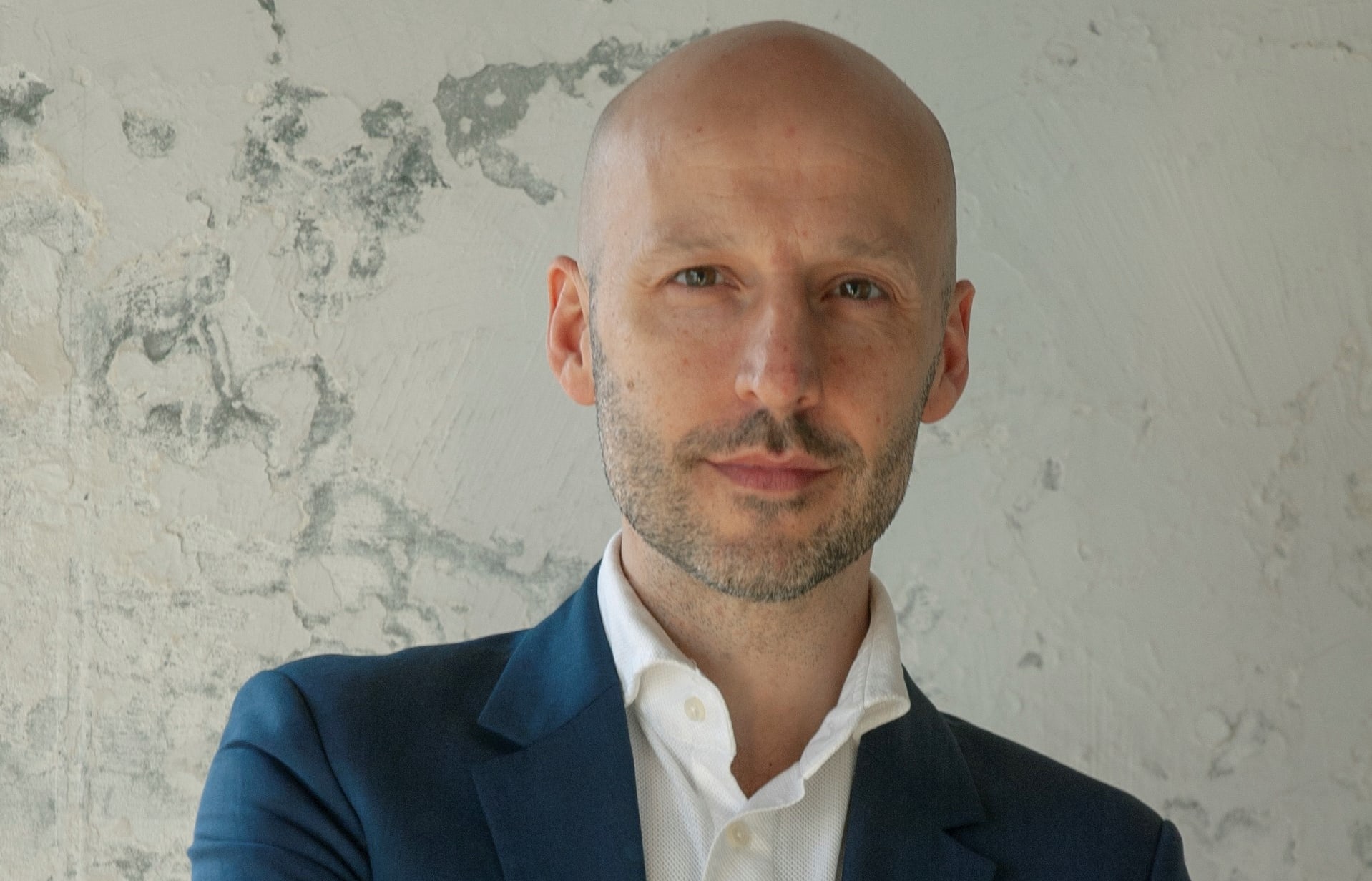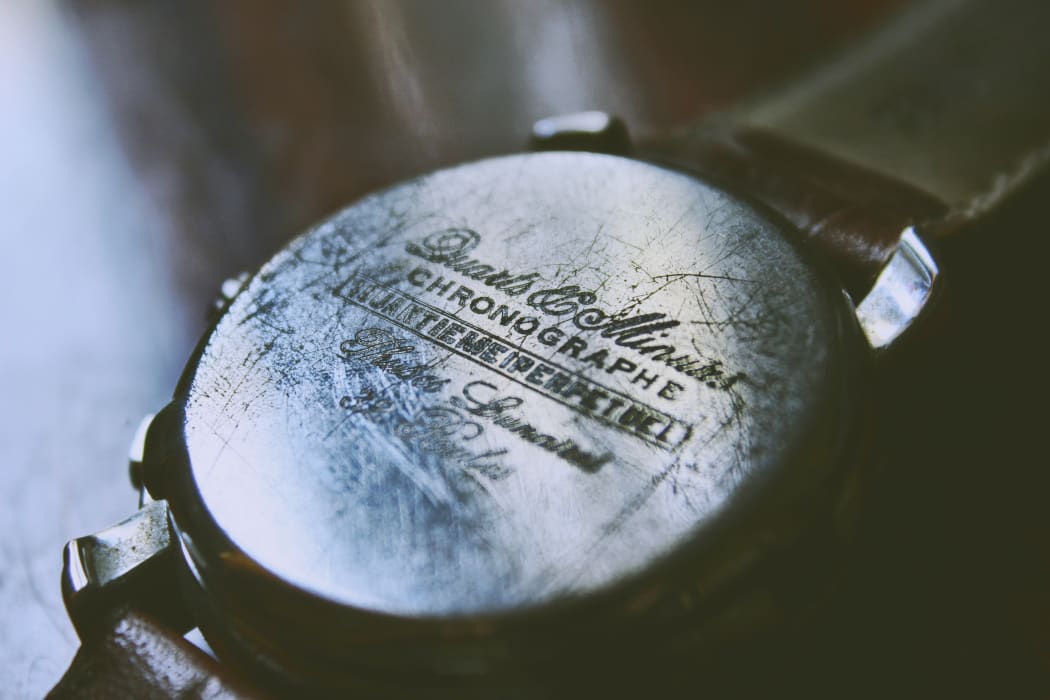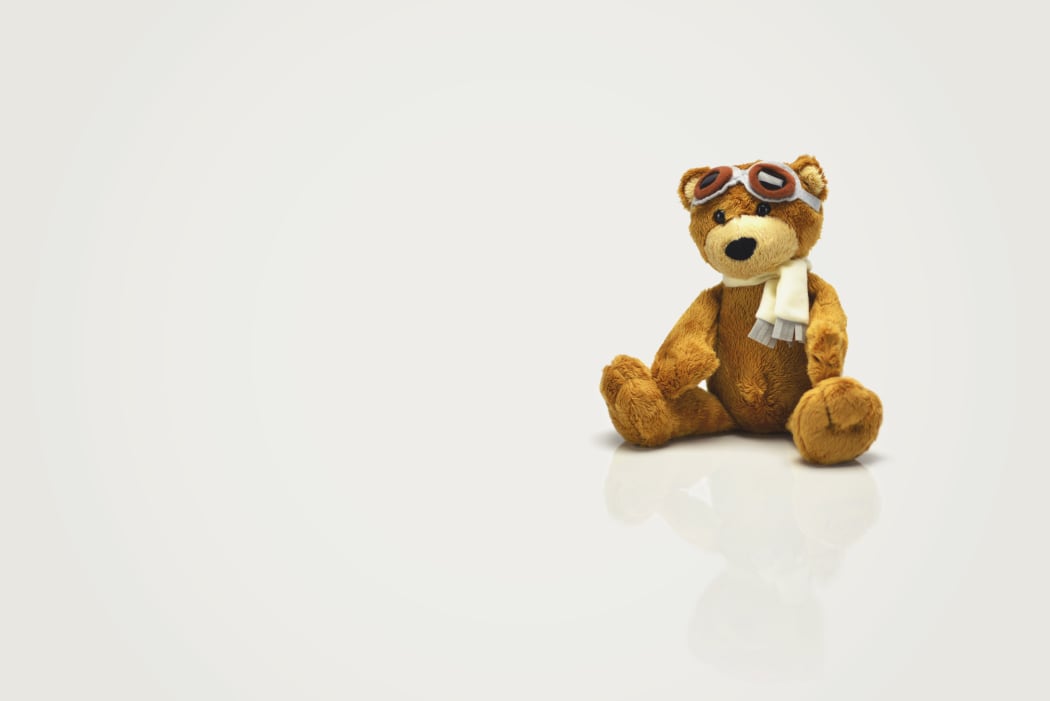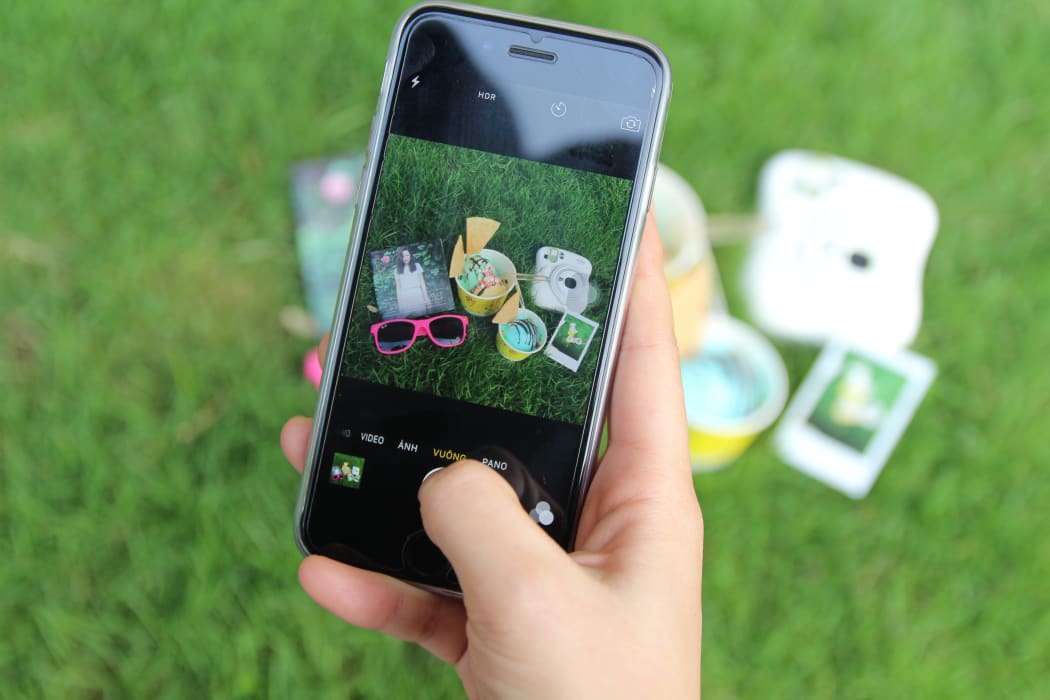The struggle is real when it comes to choosing quality over quantity. Glenn Adamson, former director of the Museum of Arts and Design in New York, believes we have too much stuff.

Glenn Adamson Photo: supplied
He wants us to buy less, but buy better quality, rejecting consumerism in favour of finding real meaning in the things we choose to buy.
His book is called Fewer, Better Things: The Hidden Wisdom of Objects and he joined Afternoons to tell us about “material intelligence”.
“The principle that I’m really trying to write about is that a great object can only be great to somebody. In other words, it’s a very personal, subjective thing. For me a good object is one that carries a lot of human value. Maybe someone made it for you, or maybe someone gave it to you", he tells Jesse Mulligan.
Adamson starts his book lamenting the fact that children today grow up treasuring objects of technology such as smartphones over things like teddy bears.
“I was just imagining what might happen with the current generation. I like to say we’re running an experiment on them without a control group. This is truly unprecedented in human history that people would be interacting with their surroundings through technology and I was just struck with how different that is from having one physical object like a teddy bear – and I remember mine very well – that you can attach to and the very, very different kinds of value and different kinds of experience that you get in those two examples.”
He says the ease of documentation also present a problem for the valuing and treasuring of objects and moments.
“The fact you can just have a hundred photos of your teddy bear and your dog and your family and the places you went last time you took a vacation and on and on and on. They just build up in endless supply, but surely that means each one of them has less importance to you, and I think the same thing is true of objects.
"If you fill your surroundings full of things you don’t care about very much, it’s not good for the environment, it’s probably not very good for the people who are making those objects and I don’t think it’s very good for you either.”

Photo: Photo Nikita Burdin/Unsplash
He says he was touched to see a balance of technology and object treasuring when his 15-year-old niece visited from Germany and bought with her a framed picture of her cat Pepper. He asked her if she had a picture of Pepper on her phone and she said yes, but the point of the framed picture is just to be a picture of Pepper.
“She had already intuited that there was a value that came with that singular object and just having it with her was a more meaningful way for her to stay connected to her cat. I thought that was wonderful.”
Adamson says that people such as his grandfather had a “material intelligence” which we’re at risk of losing.
“He grew up on a farm in Kansas during the depression – rough times - but he remembers it quite fondly. He was able to do all sorts of different things like fix tractors, fences, make ice cream by hand. He eventually went off and became an engineer and built jet plane engines.
"He was also an amateur wood carver so he had a very broad range of what I call material intelligence which means the ability to read objects around you and also a kind of intuition about making them. It’s a trait, or human capability, that I think we’re possibly losing touch with – quite literally losing touch with.
"A big part of what I’m trying to say in the book is that this is so important and so embedded in human history and experience and it’s something that we lose touch with at our peril.”
He also tells the story of his grandfather’s sister Gale who was sent to take care of the neighbour’s farm in a time when the neighbour was ten miles away and there were no phones. One day the farm pig was chased to death by the dogs on the farm, so Gale did “what any 13-year-old girl would do in those days” and butchered the pig and stored it so that when the family came home, their pig was food for winter.
“I just thought that was so amazing to hear that story growing up and how different it was from, even my own world when I was 13 in the 1980s, but even more so perhaps today.
“It’s not that people today are lazy or have some ethical failing that means they lose track of material intelligence, it’s rather that everything our environment is encouraging us to think about images, put time into screens and into emails and social media and of course that means we’re not paying attention to other things.”

Photo: Barrett Ward/Unsplash
He says modern technology is a classic example of the feedback system where something is created or invented and simply replicates itself over and over again.
“It’s not necessarily to indict digital technology, or say we should just throw our smartphones out the window, or our laptops. I mean, I used my digital technology to research and write this book so I’d be quite a hypocrite to say we should just get rid of it. It’s more a matter of reminding us that it’s absolutely far from the full picture and to hold these things in balance.
"The title, Fewer, Better Things is really about giving us a way to focus. If you only concentrate and focus your attention on a smaller number of higher quality things, then maybe you have a better chance of dislodging yourself from this distraction machine that we all seem to live in.”
Adamson isn’t suggesting people walk around their house throwing away half of their belongings. He says it’s more about looking at objects around you and cultivating a habit of curiosity.
“Asking yourself how things were made, who made it, what might their life have been like, and what should my relationship to it be – I think that’s the way to approach your environment in an ethical way and an environmental way but also in a way that will probably make you happier because you’ll feel more connected to it.”
He says we’ve become a throwaway society because of increasing cheapness since the industrial revolution.
“Things have been getting less and less expensive to make, less and less expensive to ship and therefore easier and easier to own. The impact of that – and it’s not a new idea with me – is that we’re drowning in the success of our own productive capabilities. There’s a need to here to maybe take a step back and turn the tap off a little bit and think about what’s coming into our lives that we actually do need and that we really want, as opposed to what is just floating up on the current of capitalism.”
Adamson has a few favourite objects of his own. One of them is a bowl he eats his breakfast out of every morning. He says it was made by a potter called Warren McKenzie who lived in Minnesota who died at the beginning of the year.
“It’s really something to be able to hold that bowl in my hands every morning and almost feel his hands on the side of the bowl as well. It’s almost like touching him and feeling his creativity and commitment to his own skill and professionalism and being able to start the day like that is really important for me.”
Adamson doesn’t want people to think that by “better” objects he means more luxury or hand-crafted items, it’s more about the meaning that’s imprinted on them.
“I like to use the example of walking along a beach with a child and the child bends down and picks up a pebble that they particularly like, let’s say its pink and shiny, hands it to the mother or the dad and then, in that moment, that object has become infused with a kind of value. Maybe the parent will bring that home and put it on a shelf and ten years later the kid will be in college and 20 years later the kid will have gotten married and have a child of their own and every time you see that stone, you think of that moment on that beach with that 10-year-old – that’s the kind of value that I’m trying to talk about."

Photo: Dũng Trần Việt/Unsplash
Adamson says we should see objects just as we’d receive a book in a language we don’t speak. By going off and studying that language, we’re opened up to a new world and can read and understand that book.
“It’s that level of a change that I’m talking about. You walk down the street – say here in New York City – and you look around you at the asphalt and manhole covers and awnings of the buildings, maybe the sculpture on the corner of the street and if you’ve learned about how a pavement is rolled, how metal is cast, how sheet metal is folded and bent and how architecture is constructed out of steel and glass and you’ve looked into all those things even a little bit then you can literally read your landscape in the same way somebody who someone who is fluent in a language can read a book – just think about how much you get out of that. How much information and history, but also how much meaning as well.”
He says that this can be applied to technology such as smartphones too, but their marvel should be equally appreciated to that of a well-made bowl. He says thinking about the people who made the smartphone is useful in a different way.
“This is a big ethical aspect of the topic, that if you don’t know anything about the objects around you whether it’s your phone or the chair your sitting in right now, or if somebody is driving in a car and they don’t know anything about the people that made that car, where it was made, where all the different parts were made, even the raw materials and how they were extracted from the ground before they were processed and bought to the factory. How can you really have a moral relationship to your fellow human beings when you don’t even have a sense of responsibility for the objects that they made that you are using right at that moment."
Related stories:

